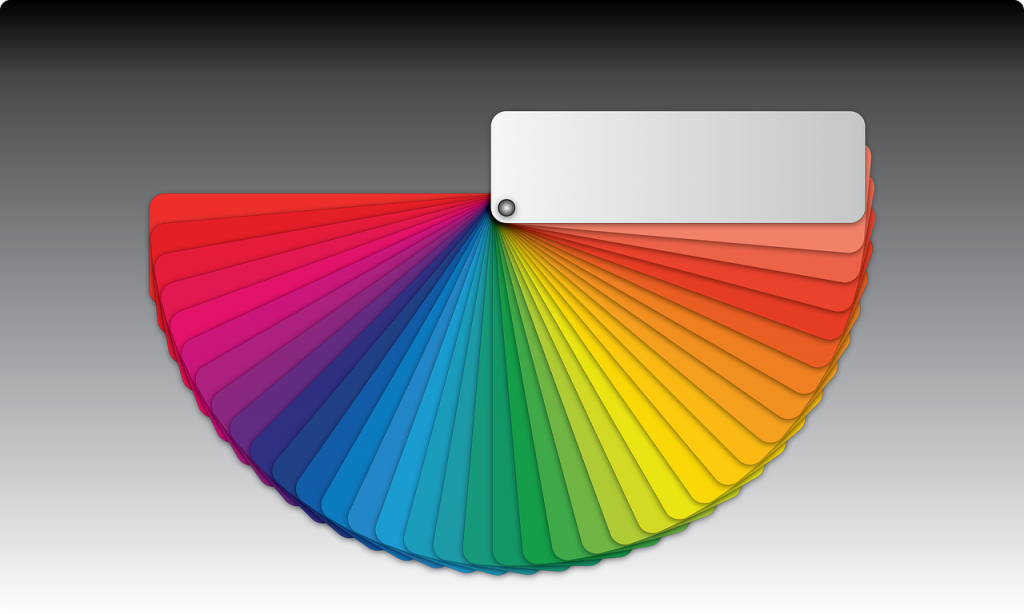Sprite’s “#BrutallyRefreshing” campaign is a recent debacle that reminds us that, in 2016, there are still plenty of tone-deaf marketers. With strange taglines like “She’s seen more ceilings… than Michaelangelo” and “A 2 at 10 is a 10 at 2!”, critics of the campaign have called it out as “#BrutallySexist”. The ads were quickly rescinded.
What does this have to do with website design? Consider this:
The reason that ads like this still slip through the cracks is that advertisers and content creators often have no clue of how to market to both genders. When they aren’t openly objectifying women, they still frequently fail to address their needs. Website design can suffer in the same way. When content fails to address the needs of its audience, it will not resonate. A poorly designed site can lose potential business.
Regardless of your industry, women are likely the majority of your audience. Research shows that women control the majority of the global marketplace; some studies report that over 80% of all purchases are either made by women, or can be vetoed by women. As of 2000, women have surpassed men in internet usage.
On average, their reasons for buying particular products also differs from men. Pat Patregnani, the president of of Brandstar, stated that “(Women) have a real sense of purpose… They want to make sure they’re making an impact in their contributions” (interview here). Indeed, women are typically more attentive to how socially responsible a brand is.
Another difference between the genders is what kind of content they produce and prefer to consume. While it may not seem like obvious, website design can be gendered. People typically prefer to consume content that was created by their own gender. This is true of books, for example, and it also applies to website design.
On average, there are subtle differences that can signal to consumers both which gender a site was written by and which gender it was written for. These differences were discovered in a study, in which researchers exhaustively examined website content written by both men and women.
Here are a few of their findings. On average, women create sites that:
- Link to a much larger range of topics
- Are written with informal language
- Employ more non-expert authors
- Contain specific colors: yellow, pink, violet, and white
- Are written with a wide range of typography colors
- Use rounded, rather than straight shapes
- Feature images of women, rather than men
What is the takeaway from these findings? A big concern is that these findings conform to gender stereotypes. Stereotypes have little basis in reality, but the expectations created by them can influence some women to embrace a specific aesthetic.
The answer is not to simply create a website design that strictly follows these trends; this can appear strangely manipulative. Avoid marketing to one gender and reinforcing gender stereotypes. However, by incorporating some of these aspects into your design, you can create a site that, in general, resonates with more women. Here are some tips on how to redesign your site:
- Consider the topic of your website and find ways to broaden your breadth of scope to include topics that might appeal to a larger female audience. For example: since women are generally more interested in social responsibility, include articles that discuss such matters. Easily accessible articles do not necessarily have any less depth than jargon-laden pieces. Keep your language accessible.
- Incorporate friendlier colors and shapes in your design. A vivid design can keep your audience engaged, and can create the right mood for your brand. Check out some great examples of well-designed websites here.
- Do not exclude any of your audience. Limiting your images to including one race or gender can make much of your audience feel unwanted. Avoid images that objectify either gender. Represent a diverse range of people in images on your site.

By adopting a more gender-neutral approach to website design, you can appeal to a larger audience. Like the world of advertising, web design has sometimes neglected to respectfully include women. Small design changes like these are a step towards an inclusive design.
























